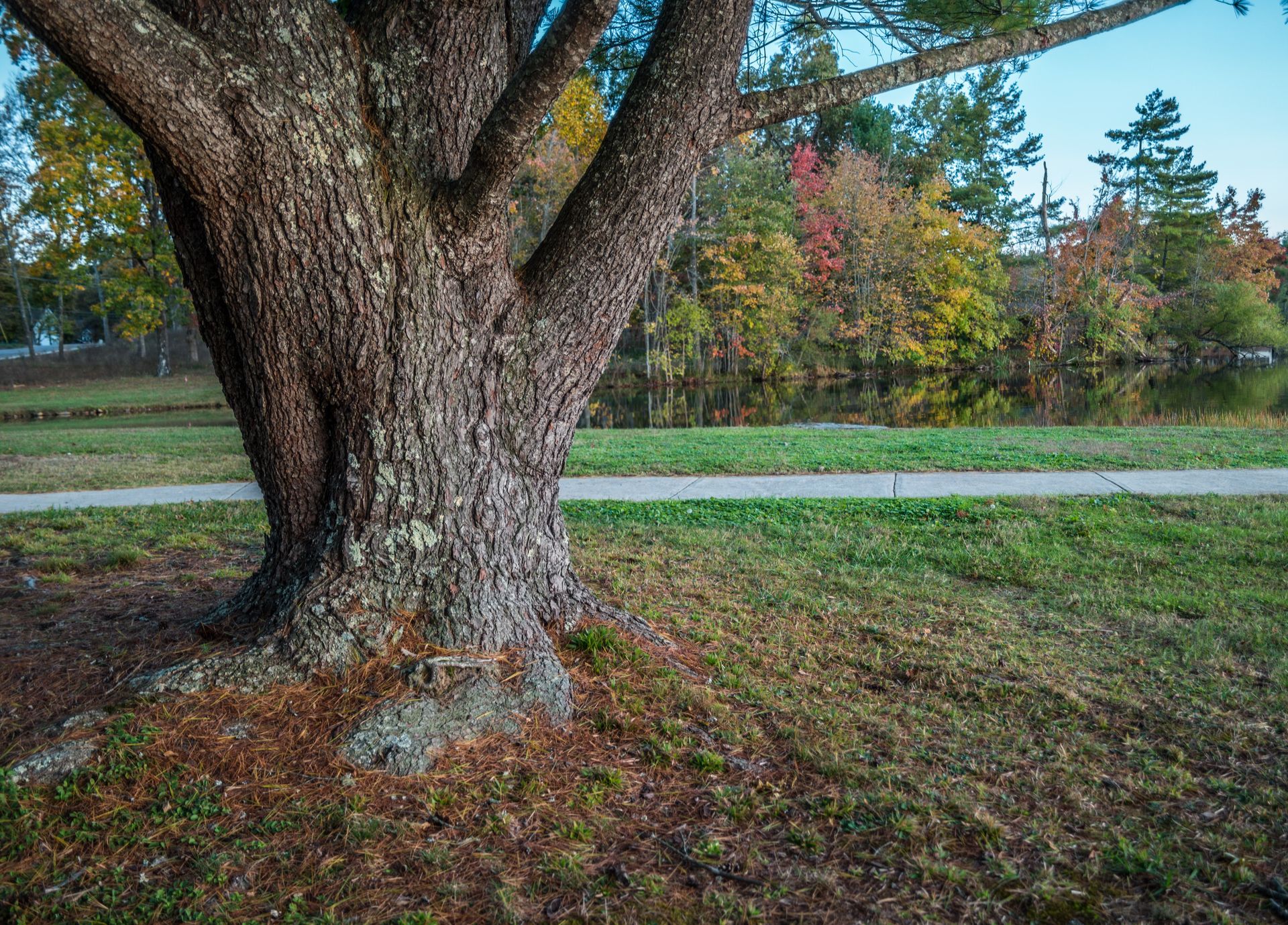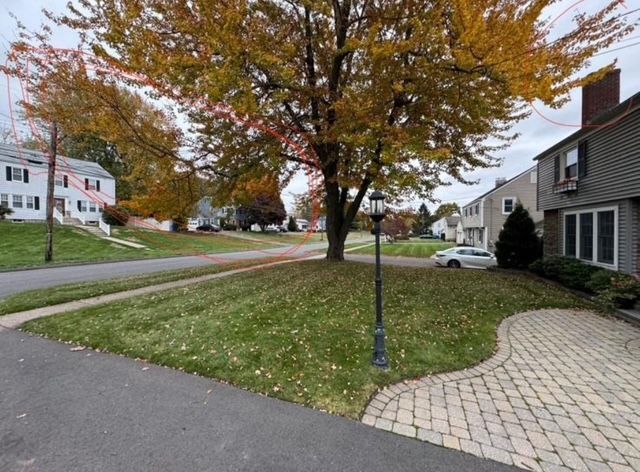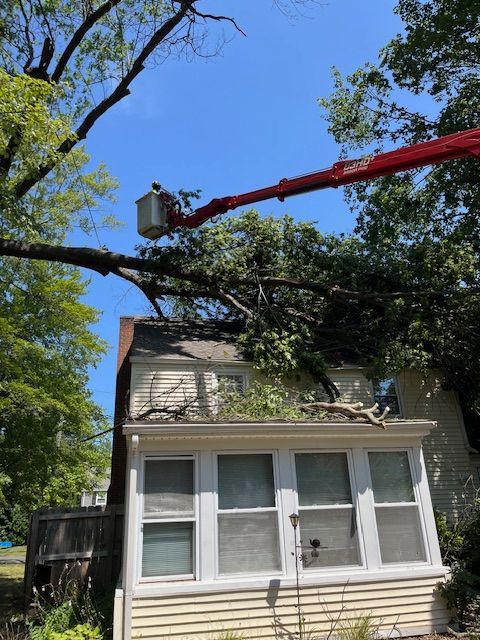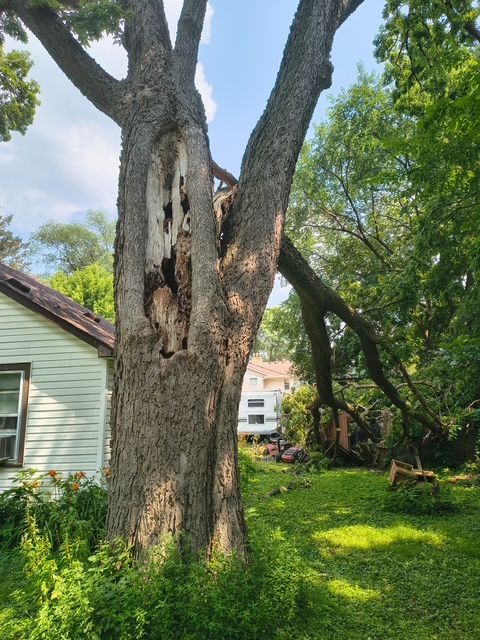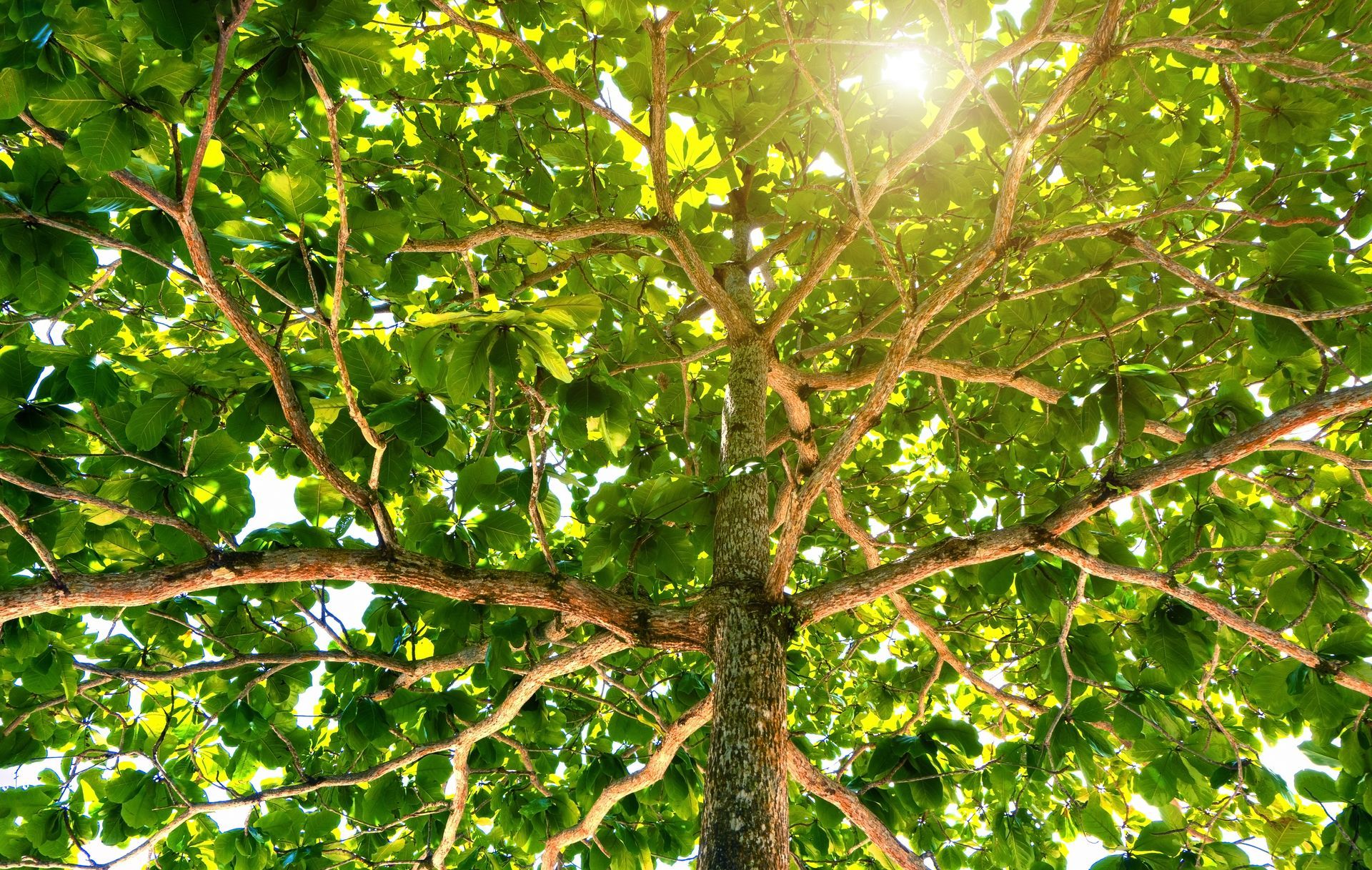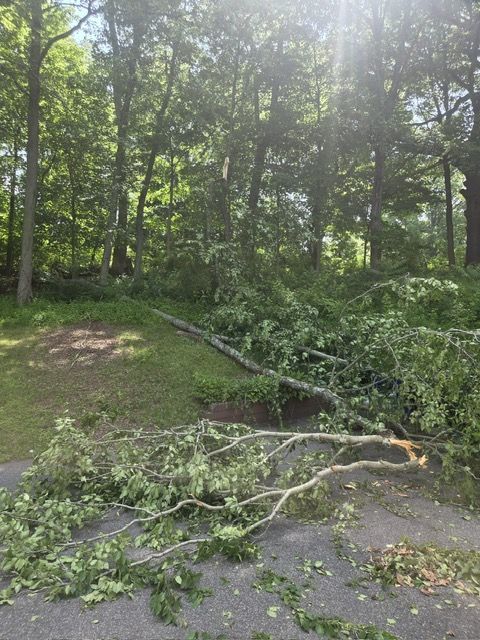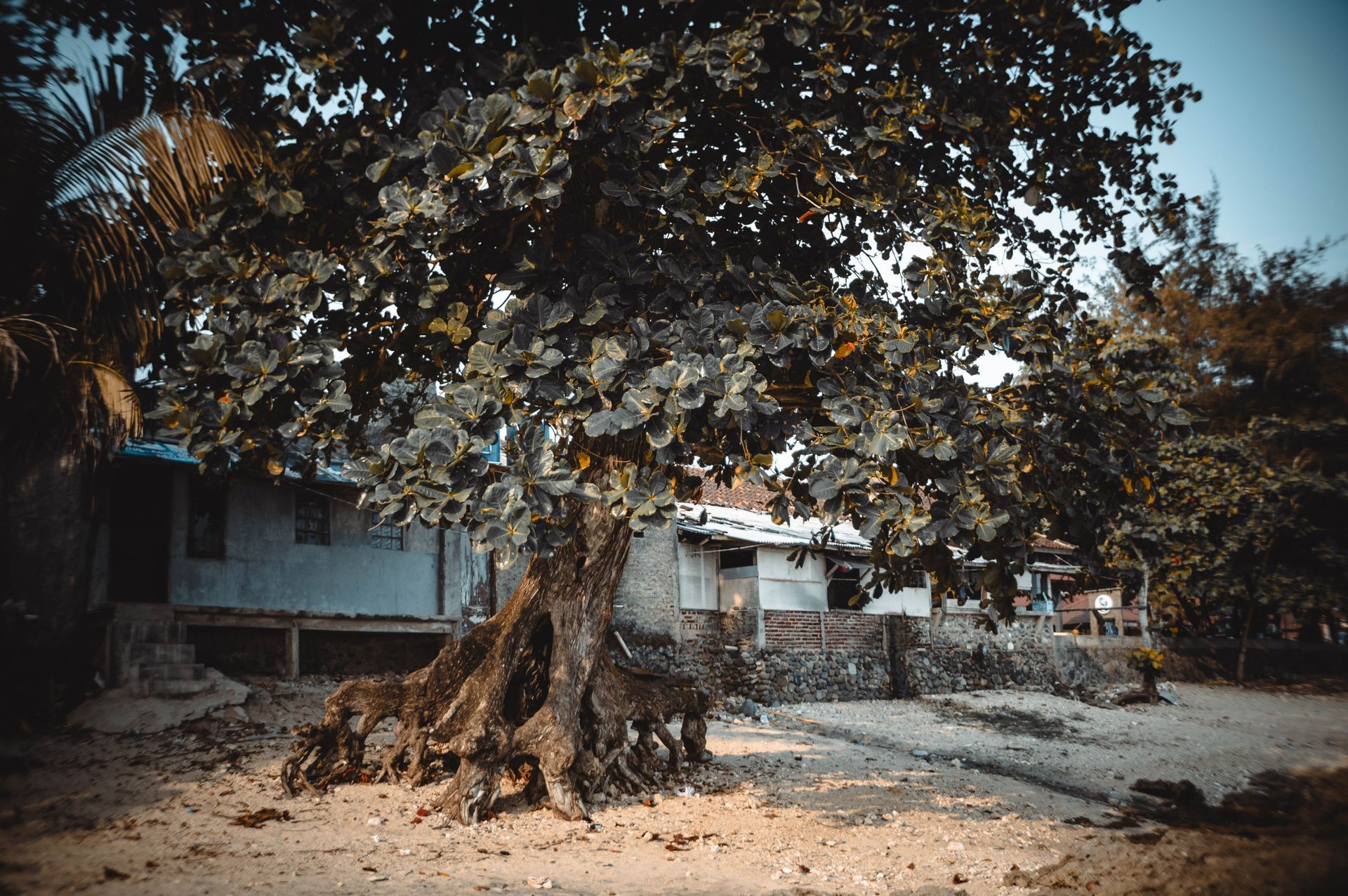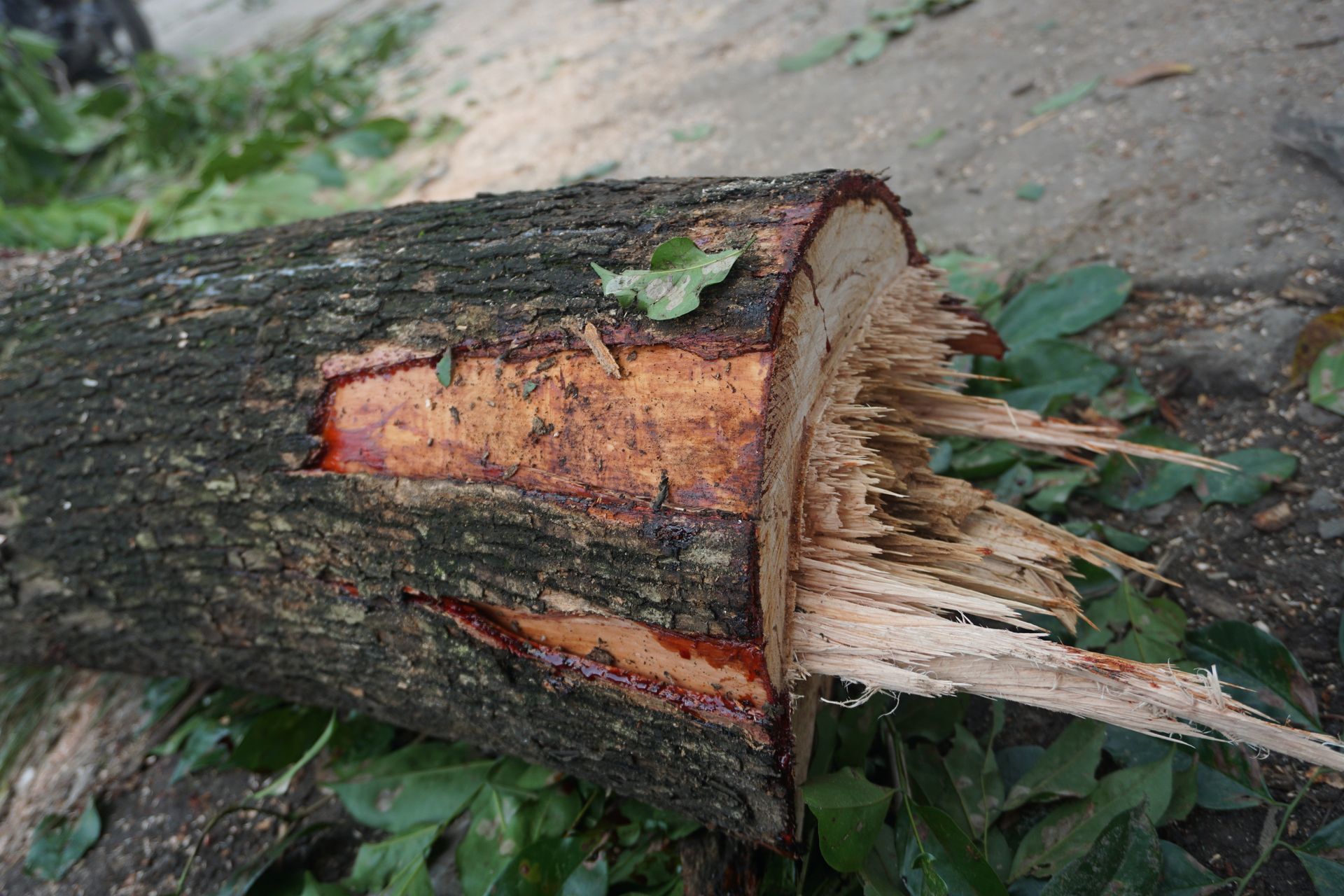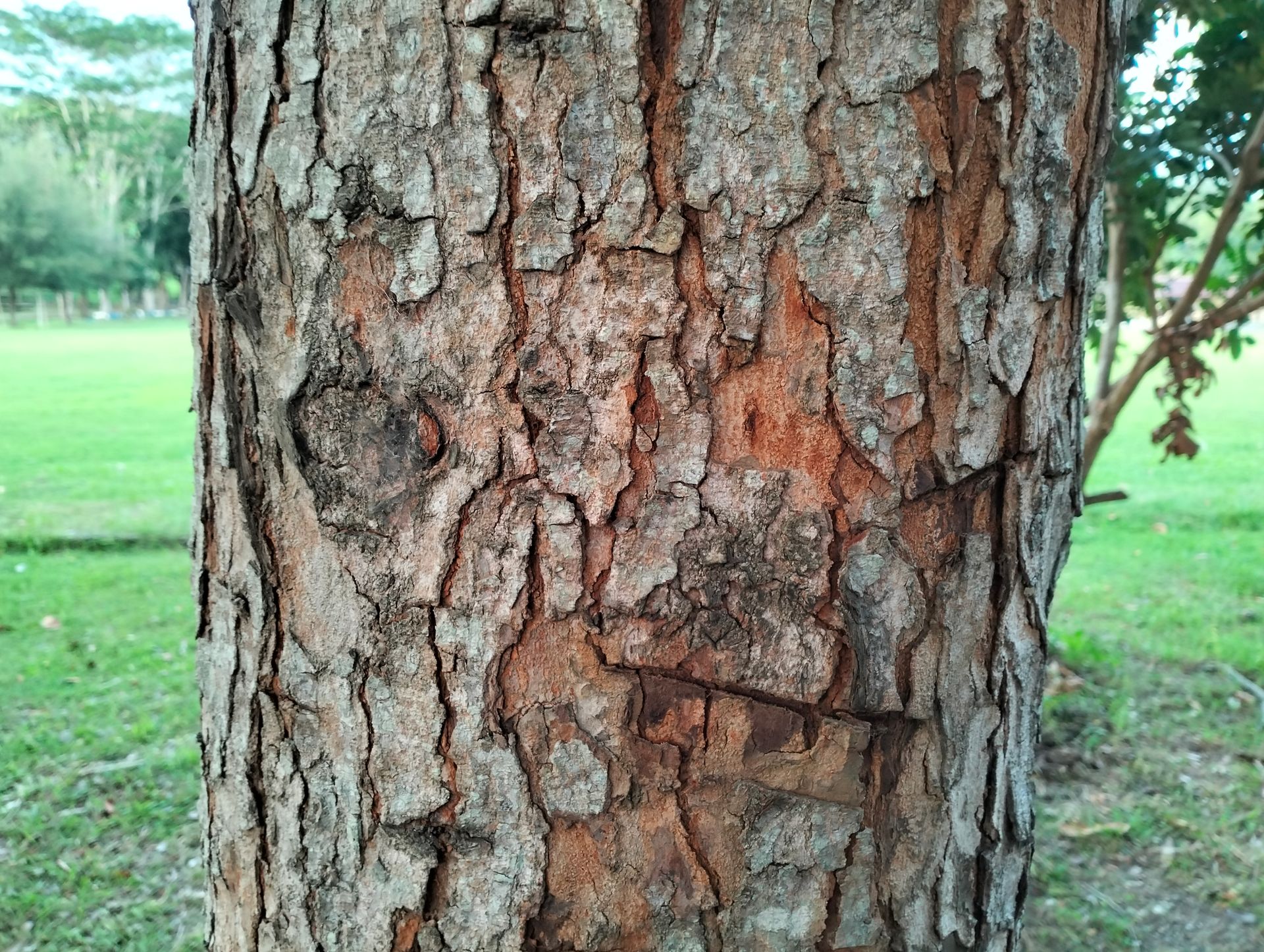How Do I Get Rid of Exposed Tree Roots?
How to Address Exposed Tree Roots in Your Yard
Exposure of tree roots in your yard can be both unsightly and hazardous. Not only can they detract from the appearance of your landscape, but they can also pose a tripping hazard. Additionally, exposed tree roots can indicate potential issues with the tree's health or the surrounding soil. In this guide, we'll explore several methods for addressing exposed tree roots in your yard, helping you restore the beauty and safety of your outdoor space.
1. Cover with Mulch
One of the simplest ways to address exposed tree roots is to cover them with a layer of mulch. Mulch not only improves the appearance of your yard but also helps retain moisture in the soil and regulate soil temperature. Apply a layer of mulch around the base of the tree, taking care not to pile it up against the trunk.
2. Create a Rock Garden
Another option is to create a rock garden around the base of the tree. Rocks can help protect the roots from further exposure while adding a decorative element to your landscape. Choose rocks of varying sizes and arrange them around the base of the tree, leaving space for the tree to grow.
3. Install a Retaining Wall
If the exposed tree roots are on a slope, consider installing a retaining wall to hold back the soil and prevent further erosion. A retaining wall can also create a visually appealing terraced effect in your yard. Ensure that the retaining wall is installed correctly to avoid damaging the tree roots.
4. Build a Raised Bed
Constructing a raised bed around the base of the tree can help cover exposed roots and create a defined planting area. Fill the raised bed with soil and plant flowers or ground cover to further enhance the appearance of your yard.
5. Consult with a Professional
If the exposed tree roots are extensive or if you're unsure how to address them, consider consulting with a professional arborist. An arborist can assess the health of the tree and recommend the best course of action for addressing the exposed roots.
Exposed tree roots can detract from the beauty and safety of your yard, but there are several methods for addressing this issue. Whether you choose to cover the roots with mulch, create a rock garden, install a retaining wall, or build a raised bed, taking action to address exposed tree roots can improve the appearance and safety of your outdoor space. If you're unsure how to proceed, consulting with a professional arborist such as
AX Simsbury Tree Service Guys that can help ensure that the roots are addressed in a way that benefits both your tree and your landscape.
